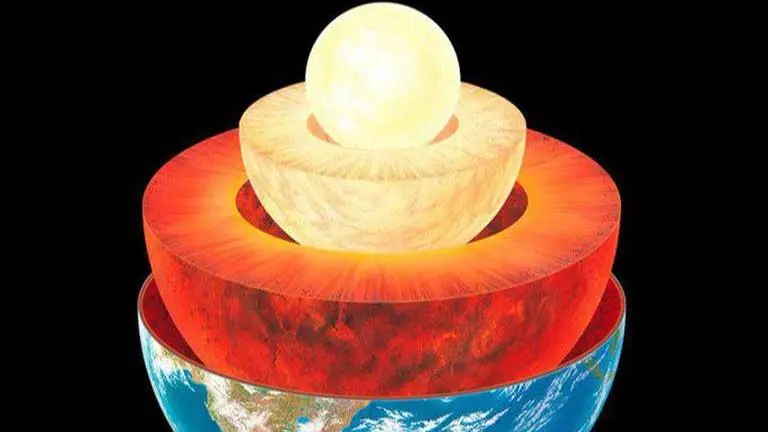Updated 12 November 2021 at 18:26 IST
Scientists create Earth's extreme outer core conditions reaching 3796°C inside laboratory
Scientists from the University of Lille in France have created the intense pressurised conditions, found in the Earth’s outer core, in a laboratory.
- Science News
- 3 min read

In a remarkable development, scientists from the University of Lille in France have created the intense pressurised conditions, found in the Earth’s outer core, within a laboratory. It has been known that the outer core of our planet is composed of liquid iron and nickel and this outer core surrounds an inner core that consists of a hardball of the same elements. Experts working on this project believe that this advancement will help us understand conditions resulting from collisions of iron in space and also what goes on inside our own planet.
Arianna Gleason, a physicist at the US Department of Energy's SLAC National Accelerator Laboratory said as per Science Alert, “We didn't quite make inner core conditions, but we achieved the conditions of the outer core of the planet, which is really remarkable”. The experiment was led by physicist Sébastien Merkel, who along with his team have finally witnessed the structural deformation of iron.
Scientists created lab conditions with 3,796 degrees celsius temp.
In order to deform the iron, the lattice of the element first needs to be broken. To understand this, imagine a cube with four beads (technically atoms) in each corner and one in the center. When intense pressure and temperature are applied to this element, the said structure (lattice) starts deforming and the atoms dislocate and create a hexagonal structure, making room for more atoms. We’re talking about the dislocation in normal conditions as what happens in extreme conditions like that in the core was unknown, until now.
In order to determine what happens deep inside our planet’s surface, scientists used two lasers- optical and Linac Coherent Light Source (LCLS) X-ray free-electron laser to create extreme heat and measure the iron’s atomic structure respectively. Using the lasers, the experimenters subjected a microscopic iron sample to a temperature up to 3,796 degrees celsius and 187 Gigapascals of pressure. For scaling, the outer core’s temperature and pressure ranges from 3,727 to 4,727 degrees Celsius and 135 to 330 pascals respectively.
Advertisement
According to the experts, this achievement can play a major role in understanding space collisions as there are many metallic asteroids out there in the universe that once were the core of planets but underwent a disruption in their formation. They explained that these asteroids might end up colliding one day and the iron in their structure might undergo deformation.
Science Alert reported Gleason saying, “Now we can give a thumbs up, thumbs down on some of the physics models for really fundamental deformation mechanisms. That helps to build up some of the predictive capability we're lacking for modeling how materials respond at extreme conditions”.
Advertisement
Image: Twitter/@TWIScience
Published By : Harsh Vardhan
Published On: 12 November 2021 at 18:26 IST
